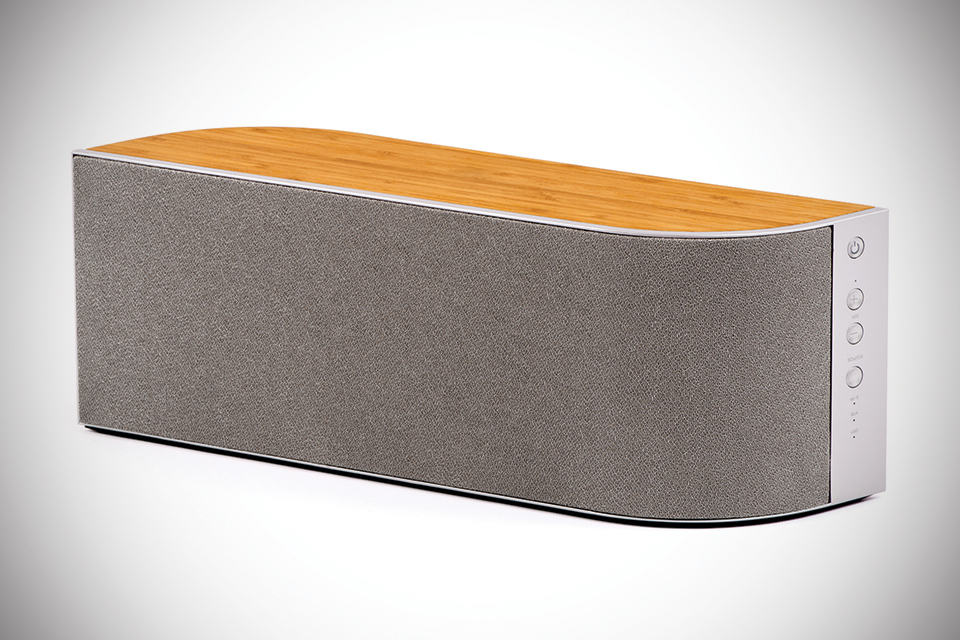Anyone who worked in an office setting remembers the cumbersome equipment required to conduct business over the past decade. From oversize printers to confusing fax machines, office work was fueled by devices. In addition, current global circumstances meant supporting remote workers to remain productive.
As a result, many companies started working in the cloud to have a secure online environment for collaboration from any device or location. Thus, the machines that once served our office look much different today. Discover more about the tech changes coming to the fax machine and how they benefit everyone.
The Evolution of the Fax Machine
Transmittal technology has existed for more than 150 years. People have always needed a way to immediately submit necessary paperwork with signatures to distant places. For the past two decades, fax machines evolved from large desktop devices to smaller ones that performed other tasks, such as scanning and printing.
Despite all the evolutions, a machine was required to send faxes. Today mFax makes it possible to send faxes via the cloud without being tied to a tiresome device. As a result, the days of watching pages go through a fax machine to ensure they were sent correctly.
Blurred Lines
The fax machine started to become obsolete with the introduction of email faxing. Instead of using a traditional fax machine, documents were scanned and sent via email, blurring the lines of faxing. Although it was referred to as a fax, the method of transmittal evolved. Now people are sending faxes via cloud-based fax services.
The fax is treated as a PDF file or image and attached to an email with these services. Transmittals are sent digitally, eliminating the hassles of sending individual pages through a machine or resending faxes that did not get sent correctly.
Facing the Future of Faxing
Now offices are implementing cloud technology for every department, from payroll to accounts payable and client records. Despite recent government regulations, controversy still exists about the acceptance of electronic transmittals and digital signatures.
However, an increasing number of organizations worldwide accept electronic transmittals, enabling businesses to move forward faster. Before the acceptance of transmitted signatures, documentation was faxed then mailed or sent via courier to verify the original signature. Today signatures are completed online, making it quicker to conduct business and verify acceptance without added time and expense.
The Benefits of Cloud Faxing
The fax machine required paper, ink, and other supplies to stay operational in days gone by. If the fax machine broke down, business stopped until it was fixed. Today cloud faxes are sent from any device and location, supporting remote workers and real-time collaboration. As a result, work is completed in a fraction of the time.
The implementation of cloud faxes helps companies remain competitive in a fast-paced global marketplace. The acceptance of digital signatures means deals are completed faster, assisting organizations in realizing profits in less time. From the quality of work for employees to cost-savings to management, modern fax technology is an advantage for everyone.
While faxing still exists today, it looks much different from ten years ago. Companies adopting the latest technologies appreciate cloud technology’s cost and time savings to keep moving forward. Find out more about cloud faxing now to stay ahead of the technology curve tomorrow.
Featured image: Pixabay (ampwizard).

